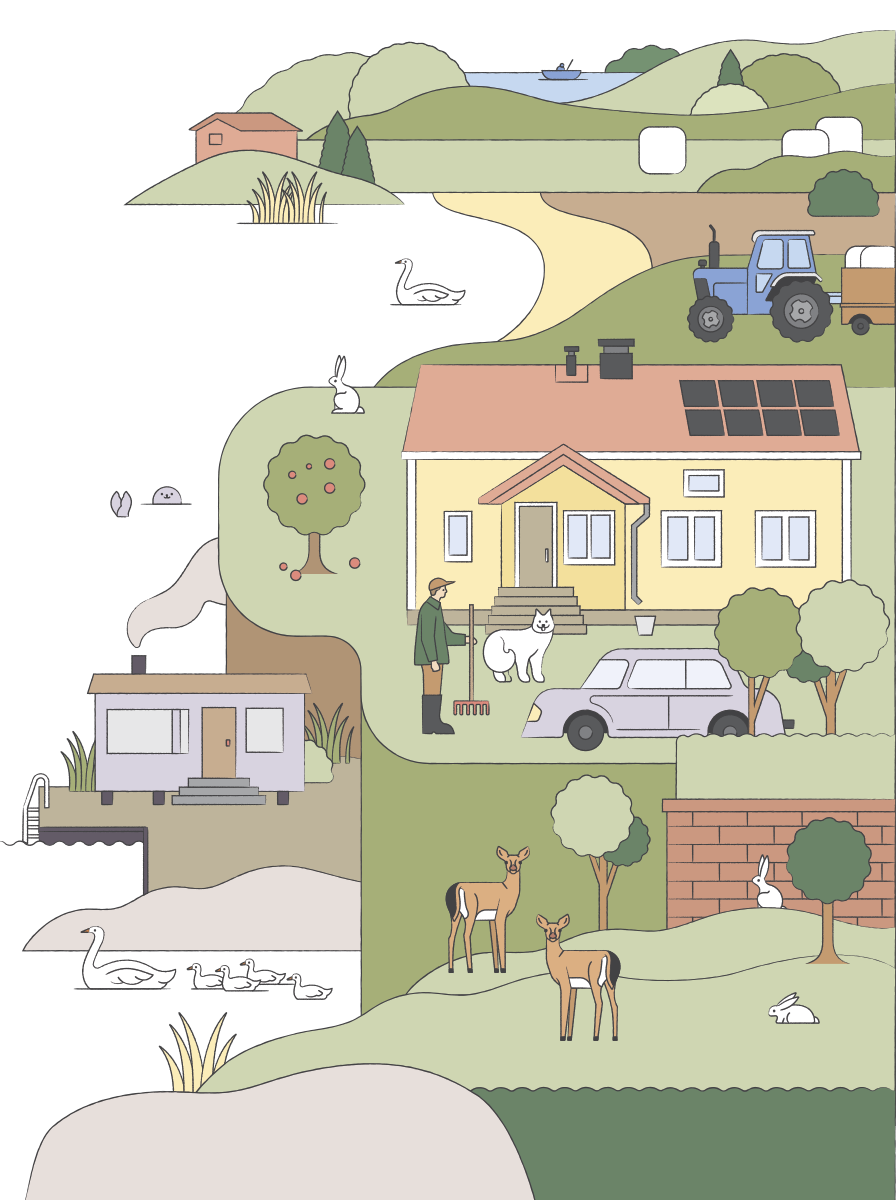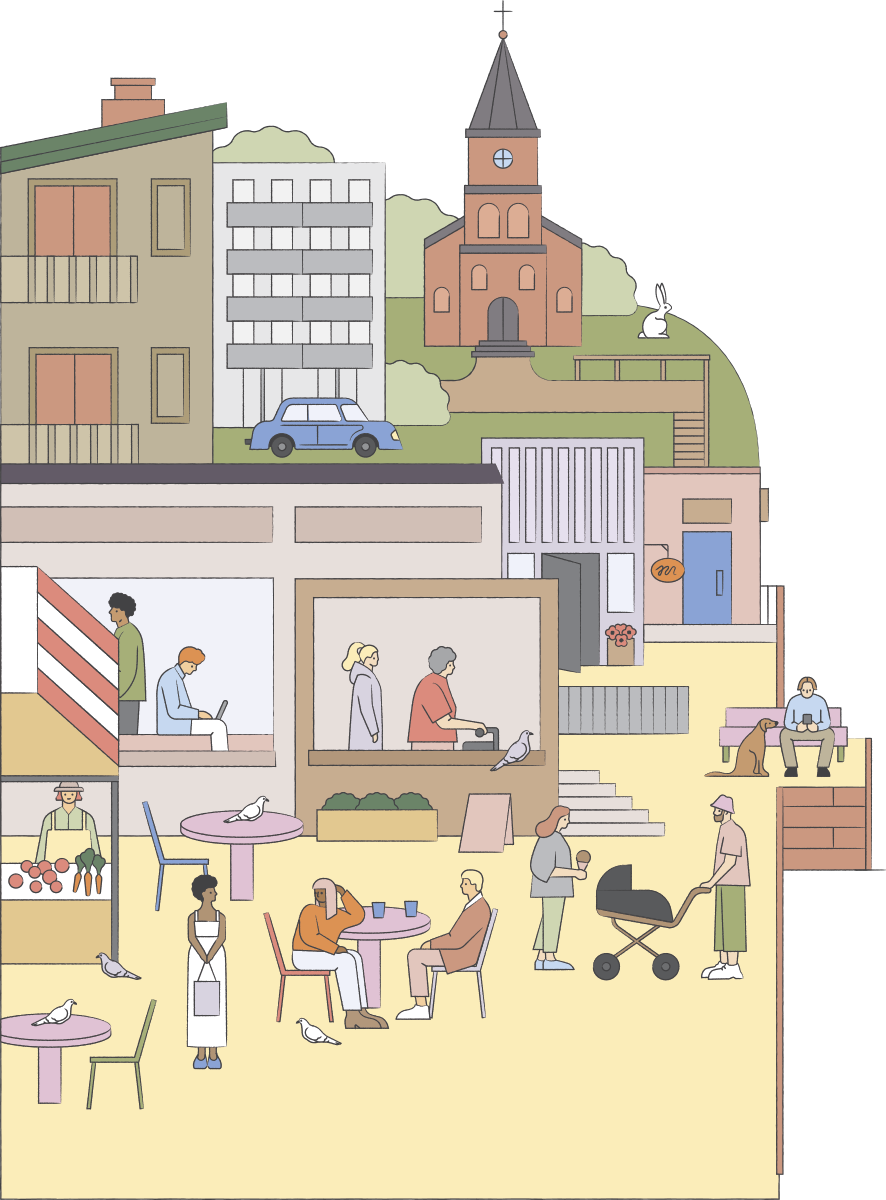Increasing the share of self-sufficient renewable energy is the most effective way to reduce the carbon footprint of living. At best, the reduction is tens of percent. At the same time, this is a way to reduce the cost of living.
Renewable energy is produced from sources available without limit on earth or the kind of sources that can be renewed in a relatively short time.
From the human point of view, renewable sources of energy include solar radiation, wind, hydrologic flow and waves, and the heat from earth, water and air. Biofuels, such as wood, are also considered renewable resources because they are regenerated constantly. Oil, black coal, peat or uranium are not renewable resources because they regenerate extremely slowly in nature.
No energy is completely emission-free yet, but the emissions from renewable forms – solar and wind power in particular – are just a fraction compared to the carbon footprint of the energies produced with fossil fuels, such as coal, oil or natural gas. The emissions of the renewable forms of energy are mainly generated in the manufacture and maintenance of equipment and distribution networks.

The owners of detached houses may apply for financing to change oil heating for a more sustainable system. For more information, please contact for example the Pirkanmaa ELY project.




